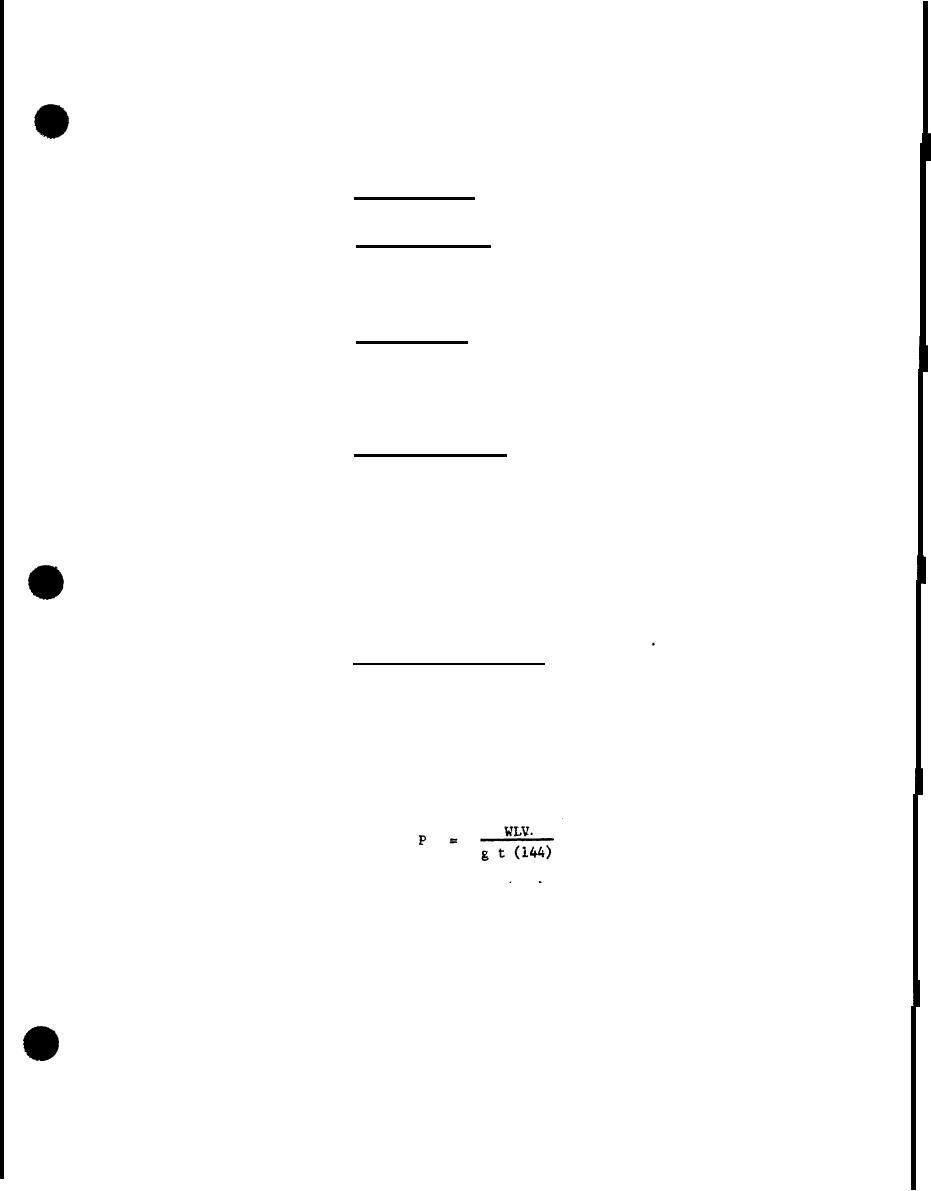 |
|||
|
|
|||
| ||||||||||
|
|  MIL-H-8891A
(g) In aircraft with dual system, reservoir positions
for the two reservoirs shall be sufficiently different so that malfunction
caused by violent aircraft manuever, such as negative "g" conditions, shall
prevent loss of both systems through pump cavitation or supply line loss.
Reservoir types
3.4.2.2
Nonseparated type - The reservoir shall incorporate an
3.4.2.2.1
expansion space pressurized with an inert gas excluding any fluid in contact
with air. All vent. or relief, and repressurizing lines shall employ check
valves or other suitable means to permit flow from the reservoir and prevent
introduction of atmospheric air into the reservoir.
Separated type - The reservoir pressurization shall be
3.4.2.2.2
effected by any suitable method with the exception of a gas in contact with
the fluid. Normal operation of the system shall not introduce gas into the
hydraulic fluid, and provisions shall be made to entrap entrained gas which
may have entered the system and prevent its circulation. Provisions shall
be made for the removal of this trapped gas.
Emergency reservoir - When a hydraulic emergency system
3.4.2.3
is used in any military vehicle except trainer types, a separate emergency
reservoir shall be provided. The emergency reservoir shall be located as
remote as practicable from the main reservoir to minimize gunfire damage,
It shall be possible to fill the main and emergency reservoirs through a
common filler port, unless the two reservoirs are so far distant aS tO make
this requirement impracticable. The feed and vent lines in the two reservoirs
shall be so located that rupture of either of the reservoirs or the feedlines
will not cause loss of sufficient fluid from the other reservoir to impair
the system operation. Reservoirs shall be suitably protected (i.e., return
line relief valve) to prevent failure or damage when rapid discharge of the
main or emergency system into the reservoirs is encountered.
*
Reservoir pressurization - Reservoir pressurization
3.4.2.4
requirements are derived from either the Steady State or the Transient
Response condition. Both methods shall be calculated and the larger of the
two shall be utilized. The steady state calculation utilizes the pressure
drop in the suction line and all components in the suction line plus the
pump inlet requirements. The transient response is considered to be the
amount of pressure required to accelerate the column of fluid in the suction
line between the reservoir and the pump inlet as required by changes in
system flow demands. These calculations shall be in accordance with the
formula outlined below:
Reservoir pressure (psi)
Where: P
=
3
W
=
Specific weight of the fluid (lb/ft )
=
L
Length of the suction line in (ft)
-
Fluid velocity in (feet per second) in suction line
v
=
=
Acceleration due to gravity (32.2 ft/sec-see)
g
=
Pump response in time (see)
t
9
|
|
Privacy Statement - Press Release - Copyright Information. - Contact Us |